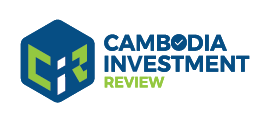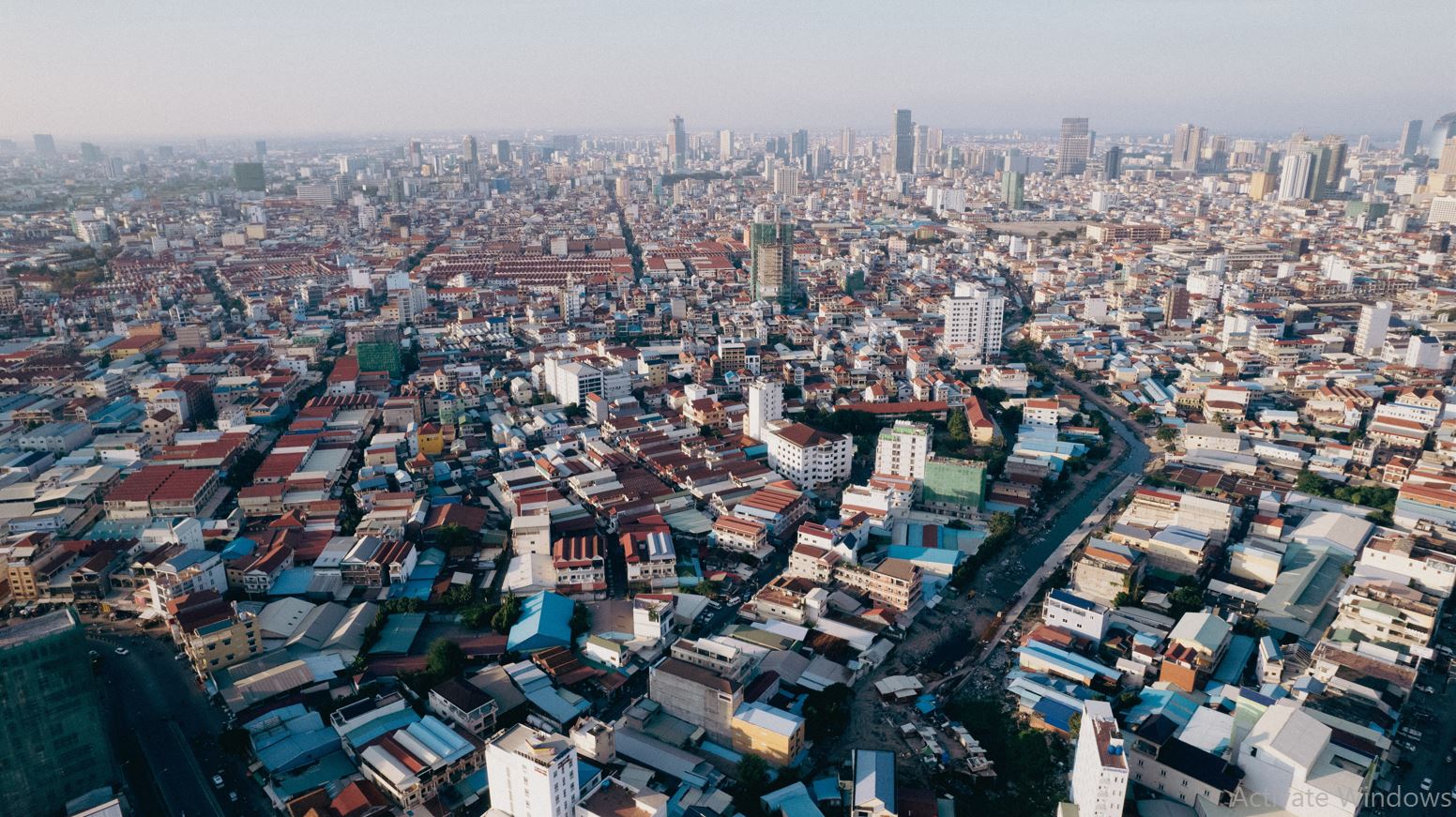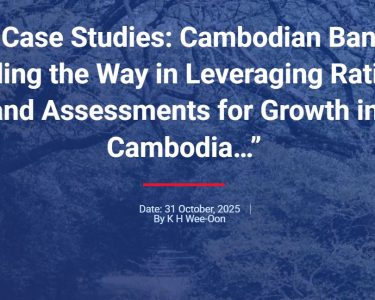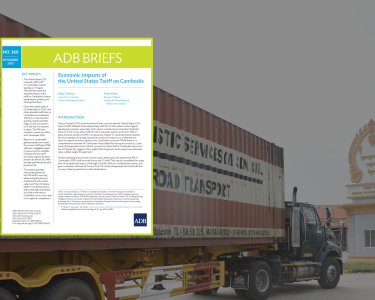Cambodia Investment Review
In recent interactions with industry experts and observers, certain more entrepreneurial developers seem to recognize that Cambodia’s middle-class housing challenge is not just a developing social conundrum, but is also one of the most compelling untapped markets in Cambodia’s real estate sector.
After two decades of remarkable industry growth focused primarily on luxury developments and limited social housing initiatives, this massive demographic segment remains virtually unserved by the market. This presents both a business opportunity and a chance to demonstrate that profitable development can align with positive social impact.
Market Analysis: The Numbers Are Compelling
Cambodia’s real estate sector has witnessed numerous high-rise condominiums and low-rise cluster developments transform urban skylines. However, this has also revealed an inconvenient truth: a complete gap in middle-income supply.
The luxury segment, typically priced between $80,000 and $250,000 or more, has created a housing glut that serves the top 10-20% of income earners and foreign investors. Meanwhile, the few lower-priced projects adopt cost-minimization approaches that achieve affordability through remote locations and reduced quality – approaches that are neither scalable nor sustainable as business models.
Read More: CBRE Cambodia’s Phnom Penh Mid-Year Review 2025 Report
Between these extremes lies the P50-P80 segment: households where two or more working adults – typically both spouses, or parents alongside adult children – earn a combined income of $900 to $1,200 monthly and currently service average rental payments of $300 to $400 per month. Using conventional affordability metrics (housing costs at one-third of household income), this translates to viable market demand for properties priced in the $45,000 to $60,000 range.
However, Cambodia’s 2014 National Housing Policy’s affordable housing threshold of USD 30,000 is outdated due to average annual inflation rate of 2.7% and rising GDP per capita of between 4.5% to 6.6% over the past decade, leaving a growing proportion of the middle-income population without viable housing options.
According to JICA research, Phnom Penh city alone requires an estimated average of 8,000 units per year specifically for this segment – representing substantial market volume with proven purchasing power.
The Untapped Opportunity
Serving this market effectively requires rethinking traditional development approaches. Luxury development focuses on maximizing profit per unit regardless of land cost, while social housing relies on concession land and cost-cutting for profit maximization. Neither model addresses middle-income needs sustainably or satisfy their expectations.
The business case for middle-income housing is not theoretical. Vietnam and the Philippines have successfully developed scalable models that serve their middle classes profitably while contributing to broader economic development. Their experiences demonstrate that this market segment can support sustainable business models when approached with appropriate innovation and long-term thinking.
The key insight driving successful middle-income housing is that “affordable” doesn’t mean “cheap.” This market segment demands quality construction, innovative design, holistic spatial planning, and strategic locations near employment and educational opportunities. They’re willing to pay fair prices within their financial capacity for housing that supports their economic advancement and enhances their social status.
The most promising approaches prioritize privately owned, unencumbered land through entrepreneurial business models that ensure long-term security for residents by providing proper subdivided hard titles upfront. This approach, while requiring higher initial investment, creates authentic value for all stakeholders and avoids the complications that arise from alternative land arrangements.
Industry innovators are calling this model “attainable value housing” – developments that deliver maximum value, quality, and dignity at accessible price points aligned with middle-class financial capacity and lifestyle expectations, while maintaining sustainable profitability. This means prioritizing volume over maximum margins, community integration over cost minimization, and long-term market development over short-term profits. A sustainable balance that can be scaled across multiple projects and locations.
The Multiplier Effect Opportunity
Beyond direct project profitability, serving the P50-P80 segment creates broader economic opportunities. Quality middle-income housing developments can unleash a multiplier effect on the wider economy through increased construction activity and related industries.
Property ownership allows families to leverage home appreciation for business opportunities, education investments, or housing upgrades as incomes grow. The ability to rent spare rooms provides additional income while creating housing options for other community members. This can help precipitate a trickle-down effect on lower-income households, providing families a potential pathway out of the income trap.
These developments also create positive community cycles: genuine homeowners offer lower credit risks, satisfied residents become advocates, successful business models attract additional investment, and demonstrated viability encourages industry replication.
The Strategic Inflection Point
Cambodia’s housing sector stands at a strategic inflection point. Economic development has created substantial middle-class population with demonstrated housing demand. The rental payments prove purchasing power exists.
What’s needed now is entrepreneurial leadership to pioneer business models that unlock this opportunity systematically rather than sporadically.
The opportunity exists for developers to recognize this as the industry’s next frontier and develop innovative and sustainable business models to serve it effectively.
The time for attainable value housing is now.





